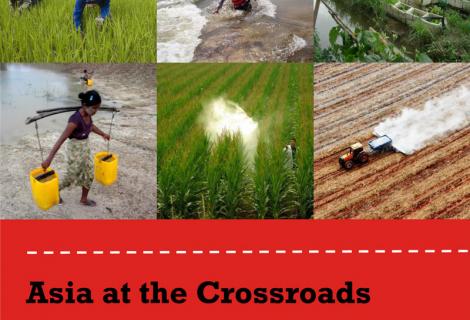
In June of 2012, representatives of over 140 nations are expected to take part in the “Rio+20 United Nations Conference on Sustainable Development”. The conference – scheduled 20 years after the first Rio conference saw an agreement that the United Nations must do something to address environmental degradation and global warming – is expected to focus heavily on the concept of the “green economy”. The “green economy” includes the idea that livelihoods, growth and environmental sustainability must go hand-in-hand in developing countries. While the concept itself may be laudable, it will be an unattainable ideal unless governments show a willingness to adopt a new development model – one based on human rights as opposed to profit for elites. A key example of the need for change – both in terms of the right to livelihood, environmental sustainability and the right to sufficient and nutritious food – is the agriculture sector. This paper seeks to address fundamental questions about the agriculture sector in Southeast Asia and China and to begin to sketch what a way forward – a way towards the “green economy” – may look like.
Countries in Asia have shown the world in recent years that massive reductions in poverty and hunger are indeed possible. Yet deep hunger persists: 568 million Asians are still currently classified as undernourished, accounting for well over half of all those living with hunger in the world. Hundreds of millions more lack essential micronutrients – so-called the „hidden hunger‟.1 Rising food prices across the region and world are deepening hunger for millions of farmers who are net buyers of food, while climate change threatens to plunge hundreds of millions more people into hunger in the coming decades.
This report argues that Asian countries are at a crossroads in their agriculture strategies. Before them are two farming models: "conventional‟, industrial farming, promoted by the Green Revolution; and sustainable, or ecological, agriculture – involving methods of farming that are gaining increasing acceptance around the world as the most viable way to promote food security and address climate change.
Based on secondary research and fieldwork among farmers in Cambodia, Myanmar, Thailand, Vietnam and the Guangxi Autonomous Region of China, we highlight the deep problems associated with conventional farming and argue that Asian countries must promote sustainable agriculture with much greater urgency than they are currently doing.